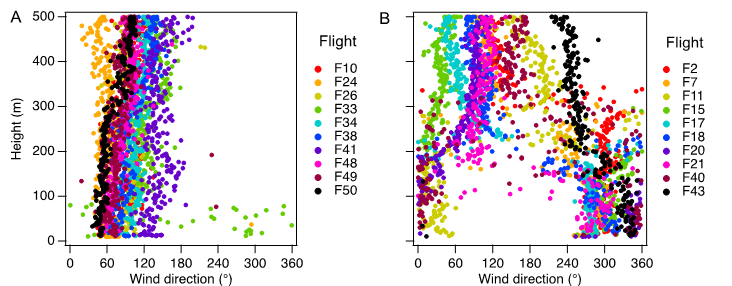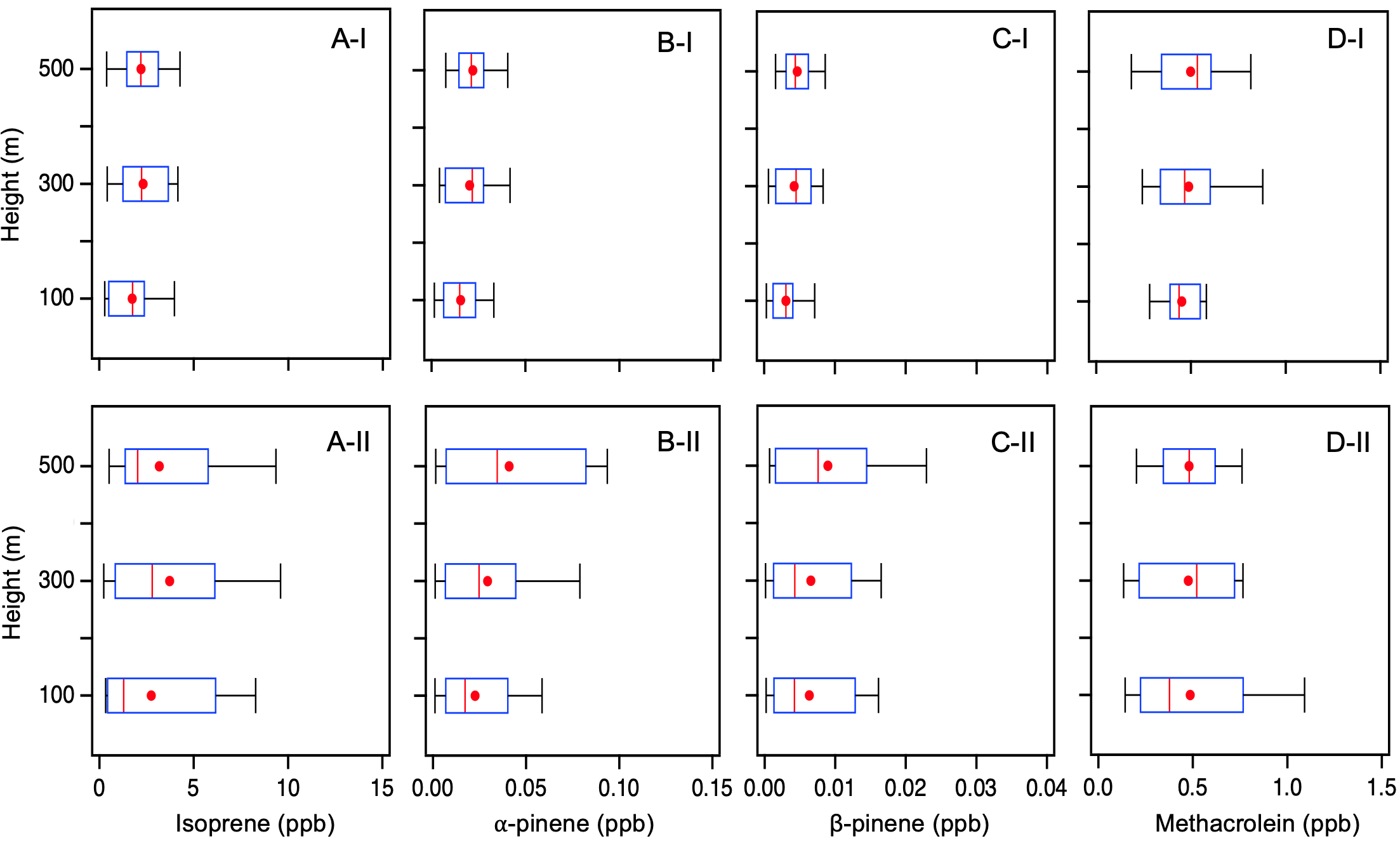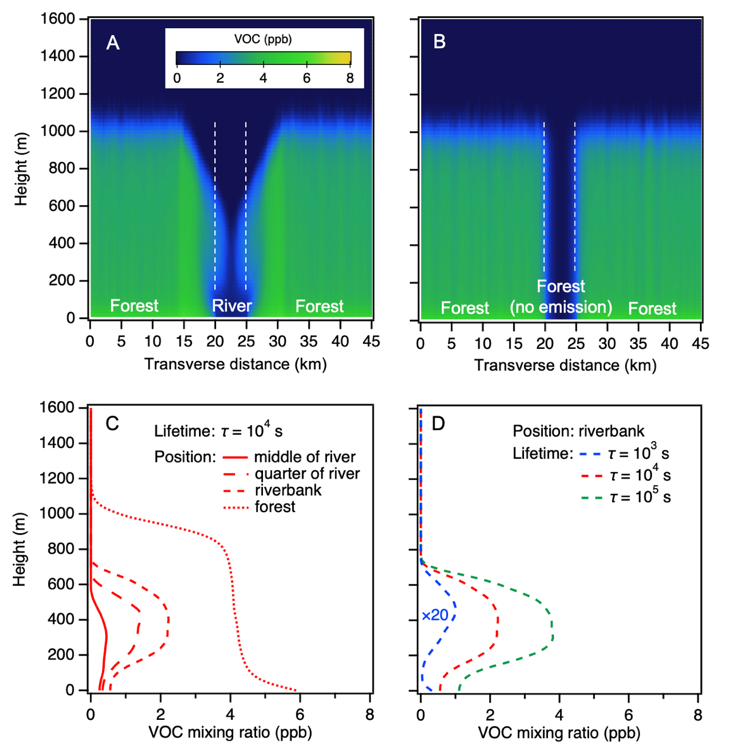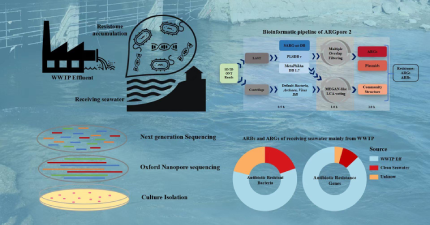Researchers make progress in river winds and their influences on transport of forest volatiles in Amazonia
Aug 31, 2022
The Amazon basin hosts many of the world’s longest and widest rivers, such as the Amazon, Negro, and Tapajos rivers. Air circulations in the form of river winds are driven by thermal contrast between the forests and these large water bodies. During the daytime, warmer temperatures over the land due to its lower land surface heat capacity promote the ascent of air parcels, which in turn drives onshore air movement from the river toward the land. Subsequently, the air subsides over the river. The result is a closed local air circulation cell in the vertical plane.
The winds impact the local transport of volatile organic compounds (VOCs) emitted by the forests. Riparian ecoregions of flora and fauna are unique in the Amazon, and the emitted VOCs bridge the biosphere and the atmosphere. How the river-induced local air circulations influence the fate and transport of Amazonian riparian VOCs, as well as associated riparian ecosystem signaling and functioning via VOCs, remains unknown.

Assistant Professor Jianhuai Ye’s research team from the School of Environmental Science and Engineering (ESE) at the Southern University of Science and Technology (SUSTech) recently collaborated with international scholars from Harvard University, Amazonas State University, the University of California at Irvine, and Wageningen University to report the effects of river winds on VOC fate and transport in the Amazon region.
Their research, entitled “River Winds and Transport of Forest Volatiles in the Amazonian Riparian Ecoregion,” was published online in Environmental Science & Technology, one of the top journals in environmental research. The paper was also selected as the front cover article of the issue.
Atmospheric VOC samples were collected by cutting-edge chemical sensing techniques enabled by unmanned aerial vehicles (UAVs). Results show that in the presence of river winds, horizontal wind direction reverses by around 180° between the lower and higher levels of the circulation cell (Figure 1).

Figure 1. Vertical profiles of wind direction for flights in the absence (A) and the presence (B) of river winds.
The influence of river winds on VOC transport occurs in the context of an interplay among thermal contrast between the forest and the river, synoptic-scale winds, and atmospheric oxidation chemistry. In the presence of river winds, concentrations of two important types of biogenic VOCs, isoprene and monoterpenes, increased by up to 80% over the river in the presence of river winds. By comparison, the concentrations of VOC oxidation products had no dependency on river winds (Figure 2).

Figure 2. Box-whisker plots of VOC mixing ratios collected by the UAV at 100, 300, and 500 m above the river. Panels of type “I” and “II” correspond to flights during which river winds were (I) absent or (II) present.
The presence of a river significantly altered the distribution of the VOC concentration (Figure 3). Maximum VOC concentration was observed at mid-heights around 200 to 500 m, consistent with our UAV observation. The profiles at different locations around the river, specifically at the riverbank, at one quarter across the river, and in the middle of the river, showed similar features. And these features of VOC concentration distribution over the river remain the same for VOCs of various atmospheric lifetimes.

Figure 3. Simulated VOC mixing ratios for a vertical cross-section that is transverse to the river orientation.
The speed and the direction of synoptic-scale trade winds had a substantial impact on the possible development of river winds and consequently on VOC concentrations over the river. River winds were most developed, and the VOC concentrations over the river were most significantly altered when trade winds were weak (Figure 3). By comparison, in the presence of strong trade winds parallel to the river orientation, the transport of warm air from an upwind land surface adjacent to the river significantly suppressed the possibility of downwind river winds, as observed in the VOC datasets and as simulated in the study. In the presence of strong trade winds perpendicular to the river orientation, synoptic-scale trade winds instead of river winds dominated the physics and thus also the fate and transport of the VOCs (Figure 4).

Figure 4. Interaction between river winds and trade winds. The trade winds are perpendicular to the river orientation.
River winds lead to re-circulation, rather than dispersion, of the atmospheric chemical species over the riparian ecoregion, which results in pocketed distribution of biogenic VOCs and local pollution in the region. In addition, the impacts of river winds are related to riparian ecosystem signaling and functioning and susceptibility to change under the stresses of pollution and rapidly shifting climate.
The overall combined sets of observations and simulations in this study highlight that the linkages between river winds and VOC fate and transport should be carefully considered and included in models of regional chemical transport and climate to better represent the evolution of pollution and biogenic emissions in riparian ecoregions.
Asst. Prof Jianhuai Ye from the School of ESE at SUSTech is the first author of this paper. Prof. Scot Martin from the School of Engineering and Applied Sciences at Harvard University is the corresponding author.
This work was supported by the Division of Atmospheric and Geospace Sciences of the USA National Science Foundation.
Paper link:
Latest News
Related News












